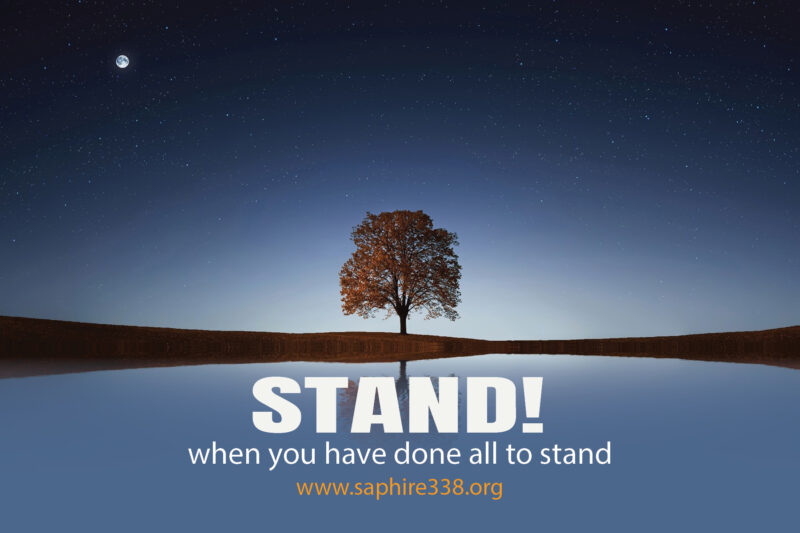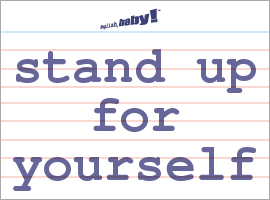

“He was pierced.” His wounds were necessary for our salvation. These blessings were to flow far beyond Israel and come to the whole world.

“He” is emphatic-“it was he” or “he was the one”-there was no one else through whom all God’s blessings were to come. The language here is precise but also richly evocative, as is characteristic of Isaiah. Thus, Philip the evangelist has no difficulty in answering the Ethiopian’s question, ”about whom does the prophet say this?” (Acts 8:34).Īs we turn now to the detail of the verse, we see that these blessings are rich and varied and answer exactly to the needs which the prophet has identified. Just as he is the true vine (John 15:1–17) which replaces the spoiled vine (see Isa. Yet the true Son of Israel, the Lord Jesus Christ, is to fulfill the Servant role which Israel failed to carry out. So who is the Servant? First of all, Israel herself, but she failed and needed to be saved herself (see Isa. But that should not be overemphasized, and it probably is better to see the servant theme as dominating these chapters and, indeed, introduced much earlier in Isaiah 6:8: “Here am I, send me.”įour biblical scholars offer passage-by-passage commentary through the narratives of Isaiah, Jeremiah, Lamentations, and Ezekiel, explaining difficult doctrines, shedding light on overlooked sections, and making applications to life and ministry today. Four ‘Servant Songs’ have been identified: Isaiah 42:1–4 (some add Isa. In particular, in Isaiah 42 we are introduced to the figure of the Servant through whom Yahweh’s purposes will be carried out.

How can the covenant God redeem and restore his people, and can even grace save them when they seem to have sinned away their blessings?Īs the book develops we realize that salvation is not going to be cheap or easy but will involve exile in Babylon with healing and restoration beyond that. Their condition is also described as dangerous indeed, mortally ill (Isa. The first is that it deals with the problem at the heart of Isaiah 1 where the nation is summoned to God’s court because of its sin which is leading to exile and judgment. To understand this great verse we must first look at its context in the book of Isaiah, and two things can be said. This article is part of the What Does It Mean? series.īut he was pierced for our transgressions he was crushed for our iniquities upon him was the chastisement that brought us peace, and with his wounds we are healed.-Isaiah 53:5 Understanding Context


 0 kommentar(er)
0 kommentar(er)
